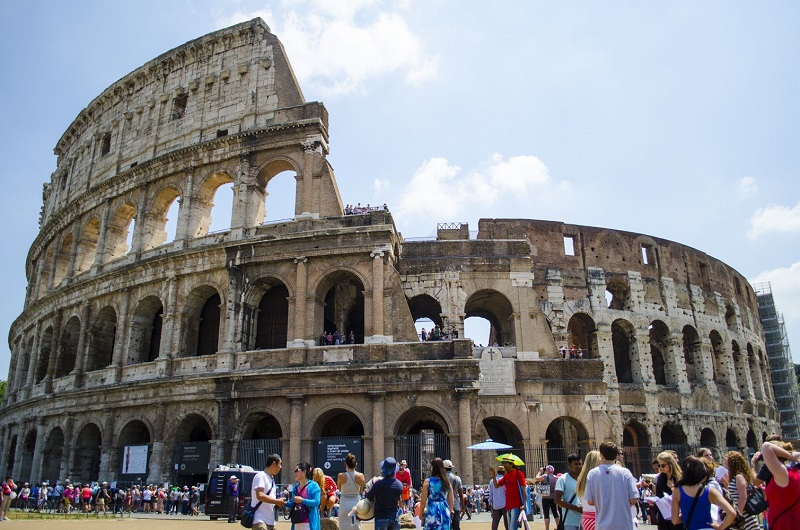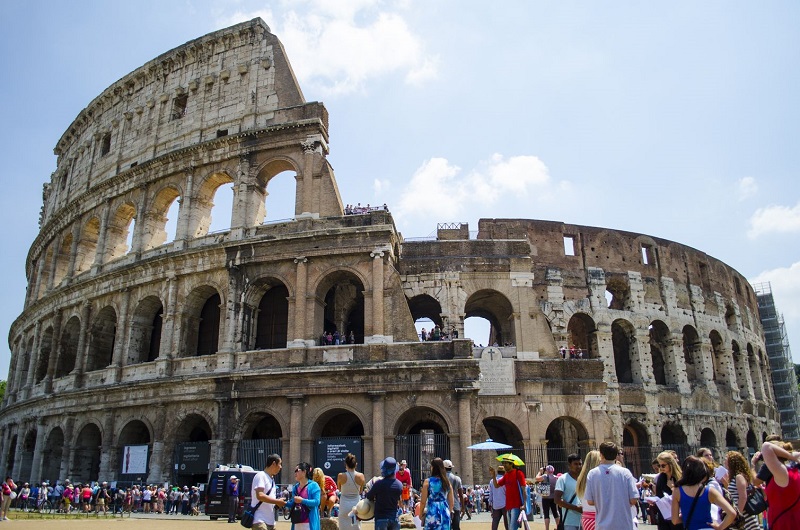
 Colosseum
Colosseum

The Colosseum is undoubtedly one of Rome’s main attractions. It sits in a landscape steeped in history.
Colosseum, also called the Flavian Amphitheatre, giant amphitheatre built in Rome under the Flavian emperors. It was commissioned around A.D. 70-72 by Emperor Vespasian as a gift to the Roman people. Located just east of the Roman Forum, near Palatine Hill on the grounds of what was Nero’s Golden House. The artificial lake that was the centrepiece of that palace complex was drained, and the Colosseum was sited there, a decision that was as much symbolic as it was practical. In A.D. 80, Vespasian’s son Titus opened the Colosseum officially known as the Flavian Amphitheater with 100 days of games, including gladiatorial combats and wild animal fights.
The amphitheatre seated some 50,000 spectators, who were shielded from the sun by a massive retractable velarium. Supporting masts extended from corbels built into the Colosseum’s top, or attic, story, and hundreds of Roman sailors were required to manipulate the rigging that extended and retracted the velarium. The Colosseum was the scene of thousands of hand-to-hand combats between gladiators, contests between men and animals, and of many larger combats, including mock naval engagements. However, it is uncertain whether the arena was the site of the martyrdom of early Christians. Three of the arena’s stories are encircled by arcades framed on the exterior by engaged columns in the Doric, Ionic, and Corinthian orders; the structure’s rising arrangement of columns became the basis of the Renaissance codification known as the assemblage of orders.
After four centuries of active use, the magnificent arena fell into neglect, and up until the 18th century it was used as a source of building materials. Though two-thirds of the original Colosseum has been destroyed over time, the amphitheatre remains a popular tourist destination, as well as an iconic symbol of Rome and its long, tumultuous history.